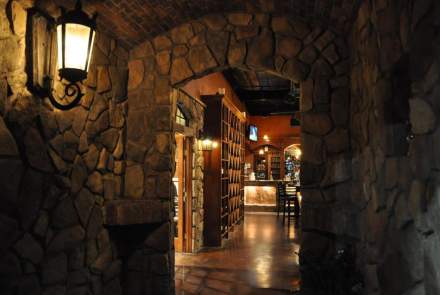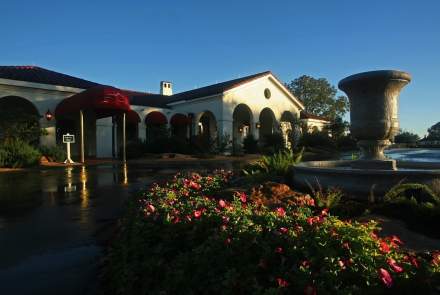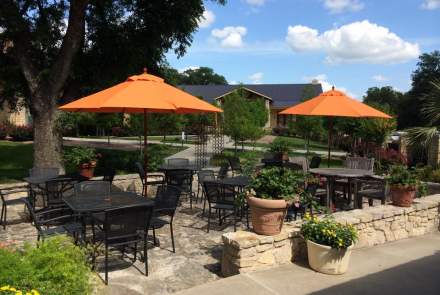Texas boasts several distinct wine regions, each offering unique characteristics and contributing to the state's growing reputation in the wine industry.
Texas Hill Country: Known as the heart of Texas wine country, this region is the second-largest AVA (American Viticultural Area) in the United States. It features rolling hills, limestone-rich soil, and a climate that supports a wide variety of grape varietals, including Tempranillo, Viognier, and Sangiovese. The scenic beauty and numerous wineries make it a popular destination for wine enthusiasts.
High Plains: Located in the Panhandle, the Texas High Plains AVA is characterized by its high elevation and semi-arid climate. This region benefits from cool nights and warm days, which are ideal for growing grapes like Cabernet Sauvignon, Merlot, and Malbec. The sandy loam soil contributes to the unique flavor profiles of the wines produced here.
Gulf Coast: Stretching along the southeastern part of the state, the Gulf Coast region offers a warm, humid climate that is well-suited for Blanc du Bois and Black Spanish grapes. The proximity to the Gulf of Mexico provides a moderating effect on temperatures, allowing for a longer growing season.
North Texas: This region encompasses the Dallas-Fort Worth area and is known for its diverse range of grape varietals. The climate here is similar to that of the Mediterranean, with hot summers and mild winters, making it suitable for growing grapes like Chardonnay, Chenin Blanc, and Zinfandel.
Escondido Valley: A smaller AVA located in West Texas, Escondido Valley is known for its dry, desert-like conditions. The region's high elevation and sandy soil create an environment conducive to growing grapes such as Syrah and Grenache.
Each of these regions contributes to the rich tapestry of Texas wines, offering a variety of flavors and styles that reflect the diverse terroir of the state.































